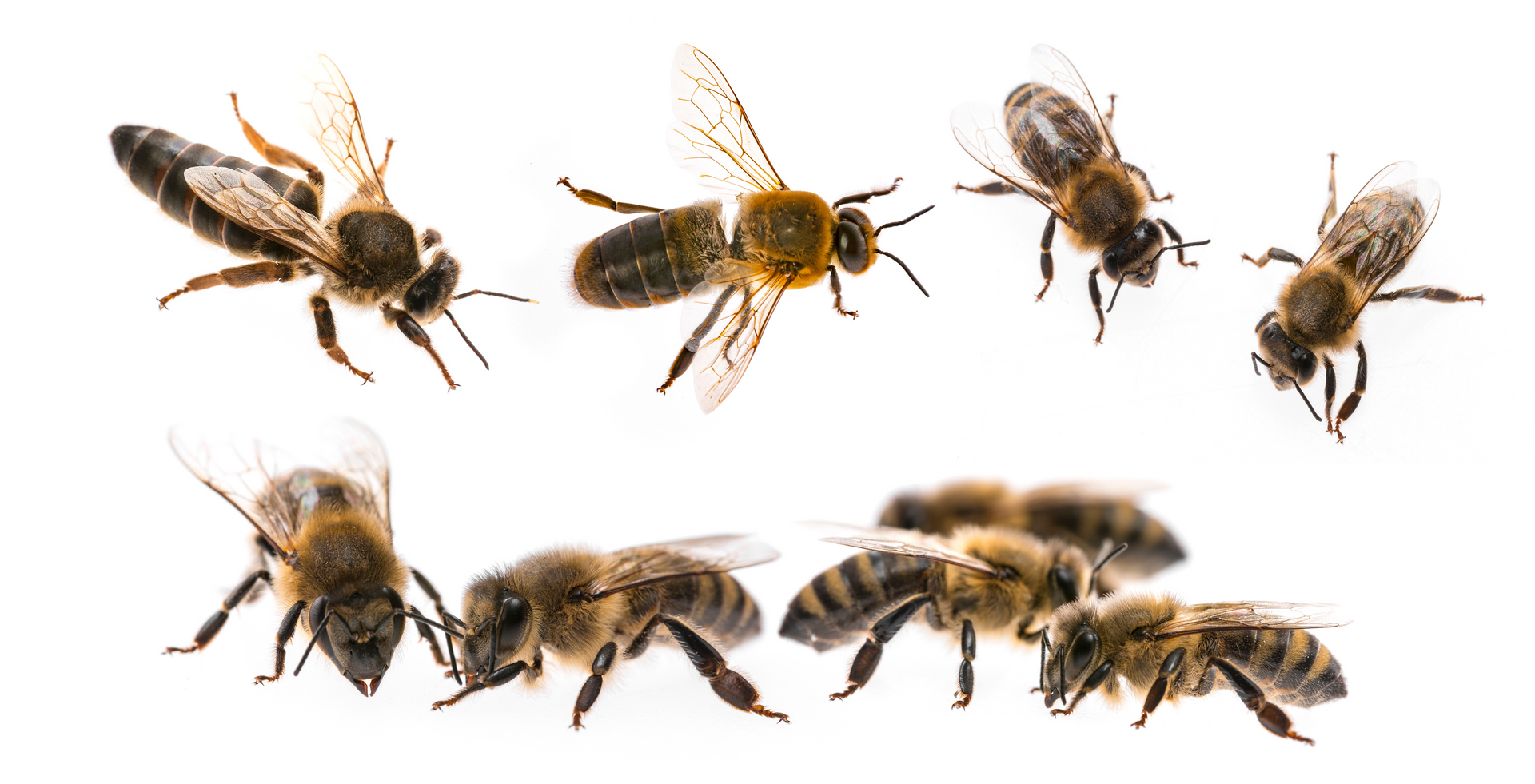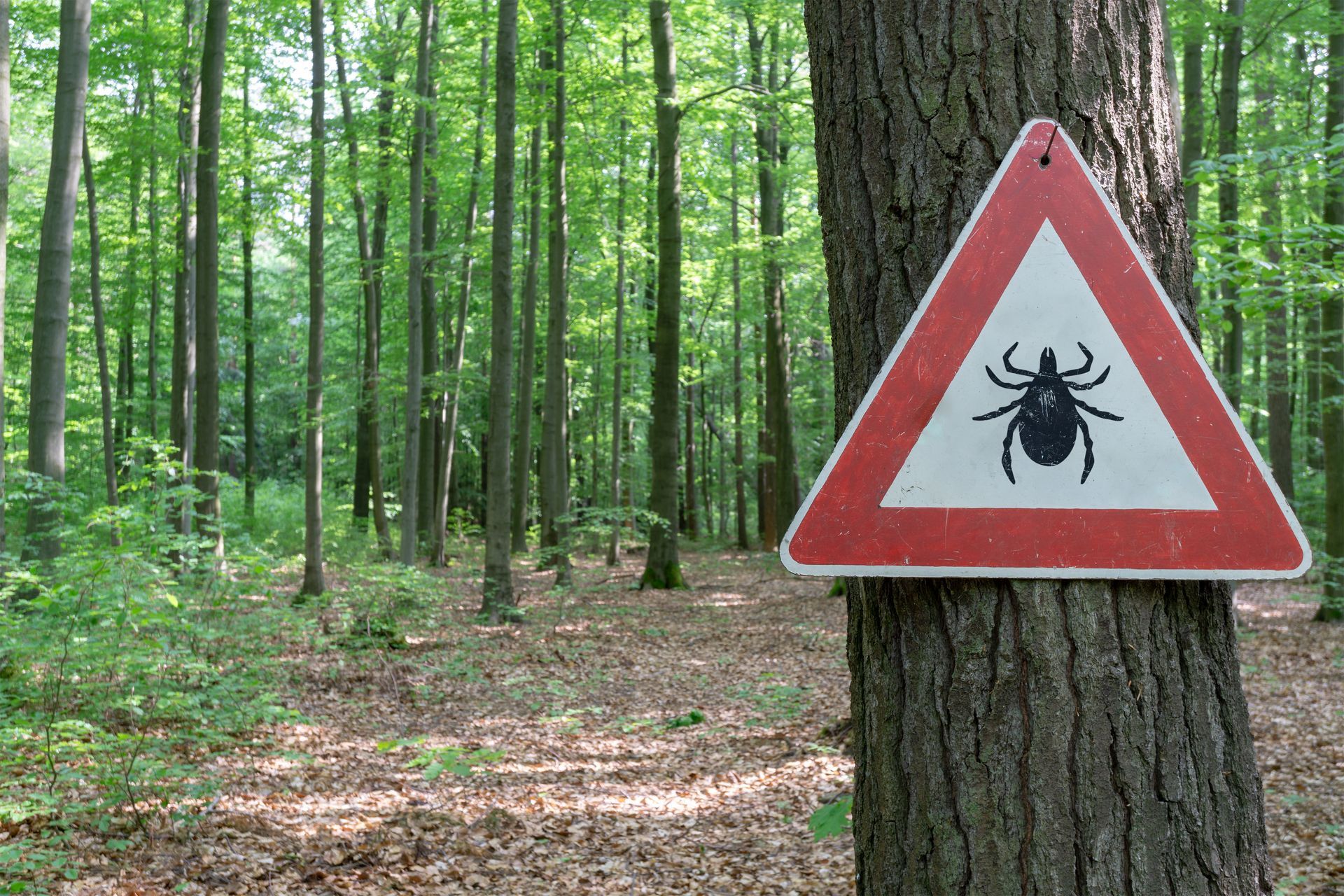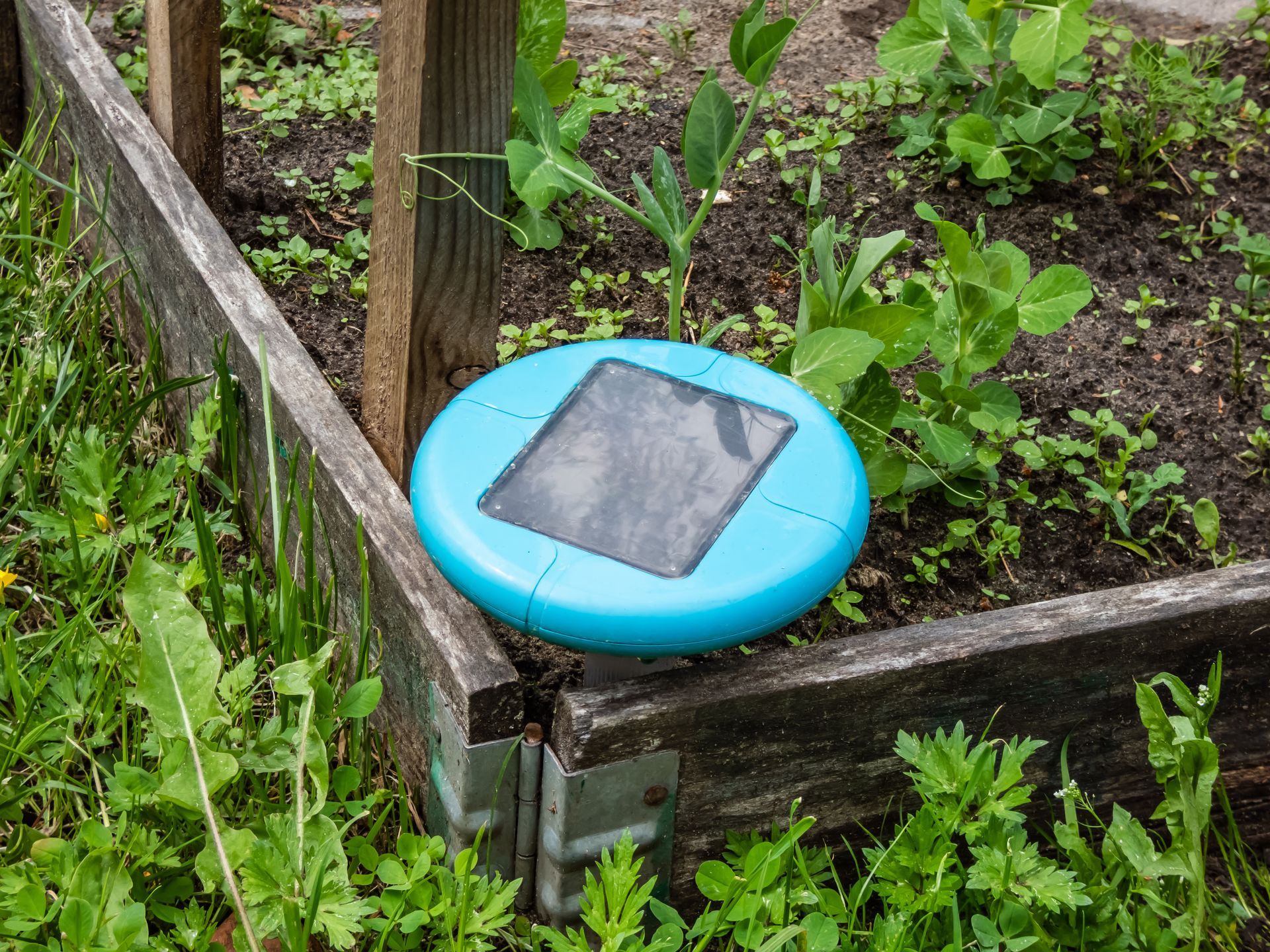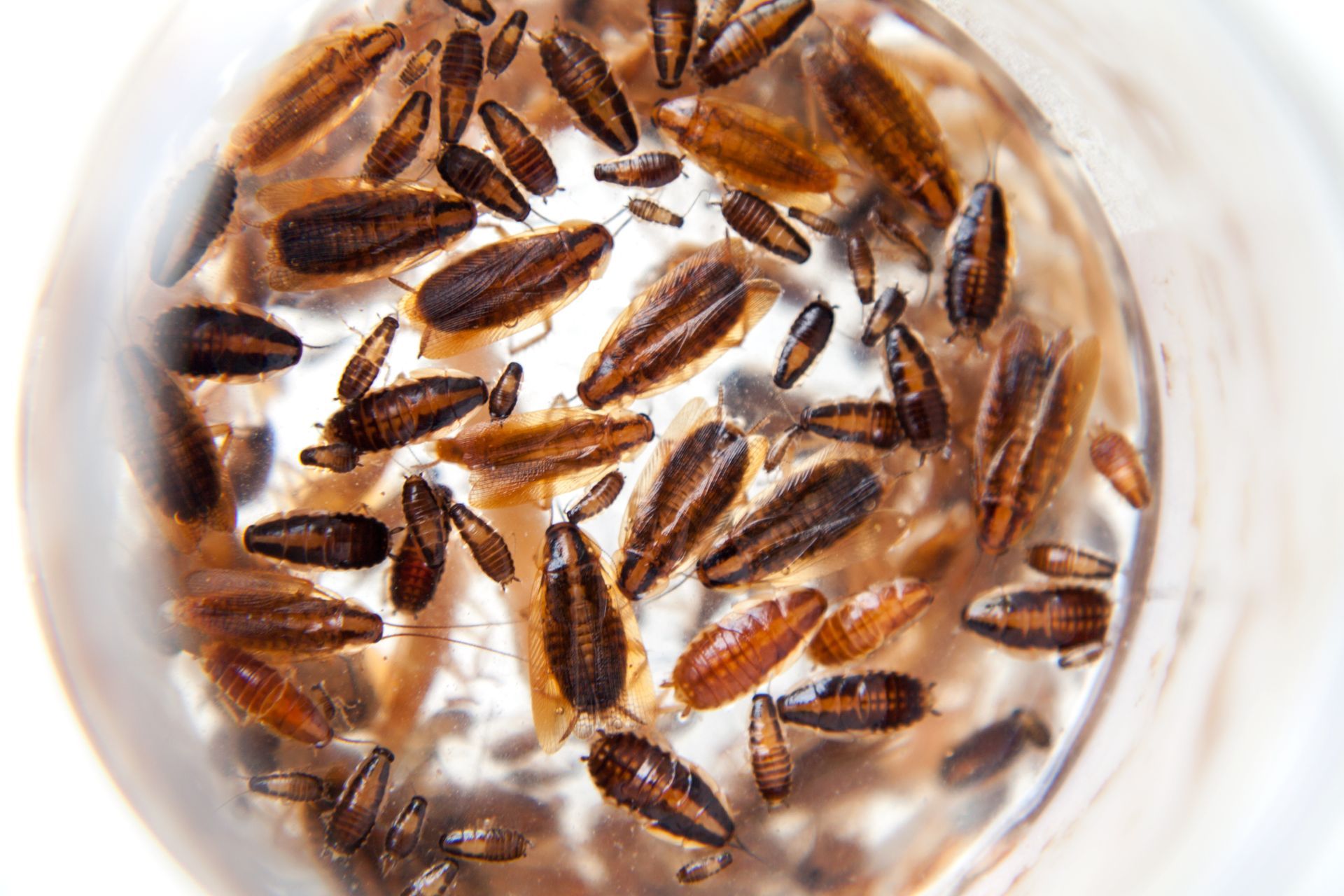How to Find Where Cockroaches Are Coming From
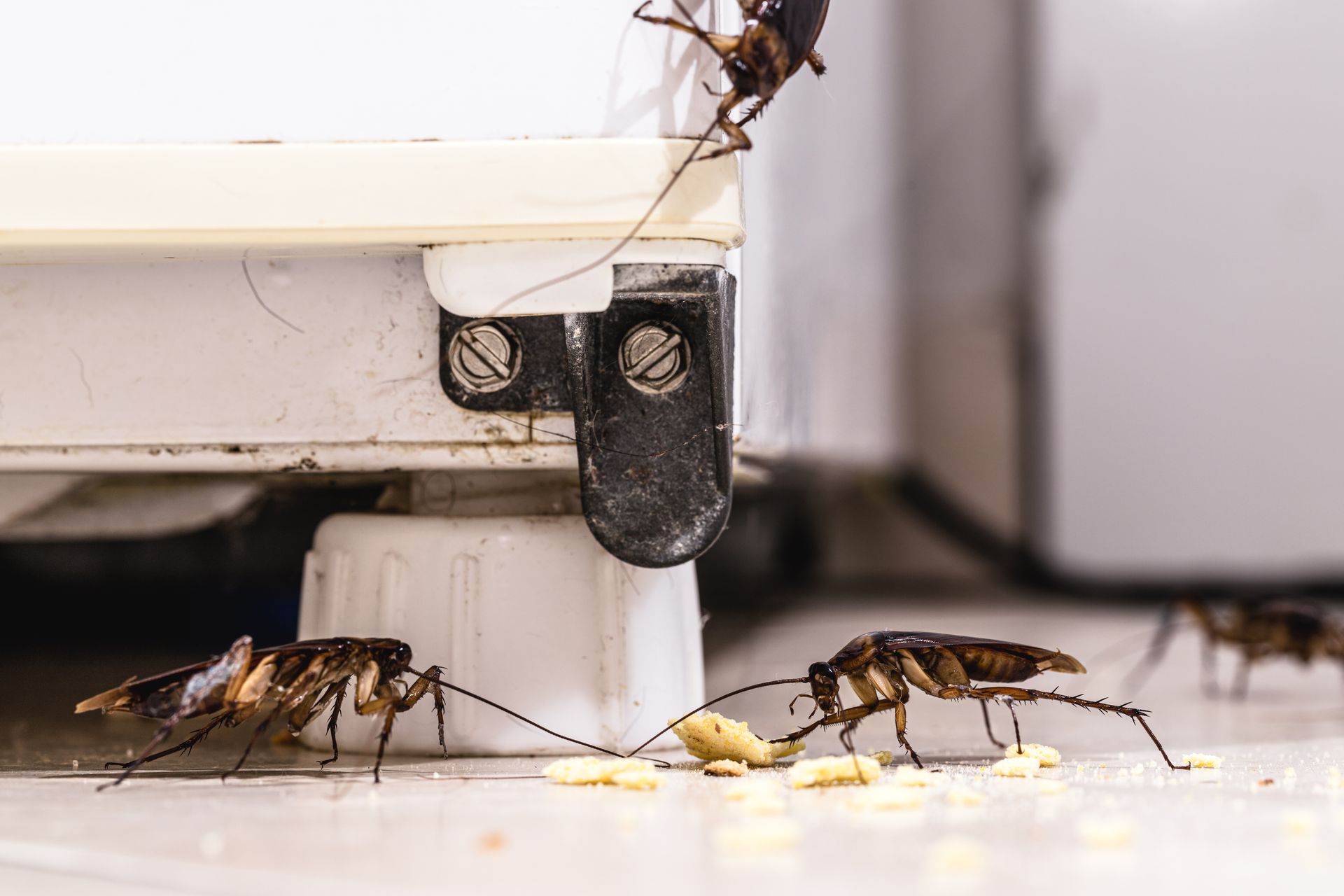
If you’ve spotted a cockroach in your home recently, you might be concerned about how it got in and whether there are more hiding in places you can't see. Cockroaches are extremely pervasive pests, especially in densely populated urban areas. While seeing a single roach doesn’t always indicate an infestation, it is an ominous sign that there could be several more lying hidden in the shadows. This is why it’s important to understand how they enter homes and where they might be hiding to prevent a larger problem.
Cockroaches can infiltrate your home in various ways. They might have been there before you moved in, transported from infested dwellings, or entered from neighboring properties. They are sneaky, resourceful, and experts at finding ways into homes through cracks, plumbing lines, or even packages. Knowing where to look and what measures to take can help keep your home cockroach-free.
Where Do Cockroaches Come From?
Cockroaches can come from a variety of environments, both outdoors and indoors. The most common species that infest homes and businesses include American, German, Oriental, and brown-banded cockroaches. These pests generally prefer dark, humid environments where they have easy access to water and food.
In urban areas, cockroaches can be found living and reproducing in cluttered city streets, parks, subway tunnels, and sewer systems. The American cockroach and Oriental cockroach are often seen outside around sewers, storm drains, gutters, and pipes due to their need for a damp environment near a source of water. Inside homes, these roaches are commonly found in kitchens, bathrooms, laundry rooms, basements, and other areas where moisture and food are readily available. Understanding these habitats can help in identifying and addressing cockroach infestations effectively.
How Do Cockroaches Get into Your House?
Cockroaches are drawn to houses and apartments in search of food, warmth, and moisture so even the cleanest homes can become infested if roaches find access points. Understanding the entry points they use to gain entry is crucial for effectively preventing and controlling cockroach infestations.
Cracks in Foundation
Cracks and gaps in the foundation of your home are prime entry points for cockroaches. Their slim, flat bodies allow them to squeeze into very small crevices, sometimes as narrow as 1/16 of an inch. These openings provide easy access for cockroaches to enter your home and find their way into wall cavities where they can quickly travel from room to room. Ensuring that these cracks are sealed is essential to prevent an infestation.
To keep cockroaches out, it's recommended to use silicone-based sealants to close up any gaps and cracks in your foundation, both inside and outside your home. This includes sealing cracks in walls, windows, and vents. Additionally, applying a barrier treatment of a strong repellent insecticide around the perimeter of your home can provide long-lasting protection, effectively repelling cockroaches for up to three months when applied quarterly.
Doorways
Doorways are another common entry point for cockroaches, as their flat bodies allow them to easily slip underneath an average entryway gap. This is particularly true if doors are left open for extended periods of time as this provides an easy path for these pests to enter a home. Consider installing door sweeps to prevent cockroaches from entering through doorways. These tools are easy to install and effectively block the gap between the bottom of an outside-facing door and the floor which helps prevent unwanted pests from getting inside.
Plumbing Lines
Cockroaches can also enter your home’s drainage system from the sewer by traveling through the drains that connect to your home. They are commonly found near shower and kitchen drains, which tend to have a lot of water and food particles. Plumbing lines are a major entry point for cockroaches because these pests are drawn to spaces with moisture, warmth, and food. Cracks in the wall where plumbing lines run like underneath sinks and behind dishwashers can serve as entry points for these pests. To prevent cockroaches from using drains and plumbing as a highway into your home, plug drains with rubber stoppers before bed and address plumbing leaks.
Packages
Cockroaches can easily enter your home by hitching a ride on items you bring inside like packages and deliveries. This is particularly common with the small German cockroach, which can infest a home by hiding in the folds and seams of cardboard boxes, suitcases, and used furniture. These pests are especially attracted to cardboard and paper, as these materials can absorb pheromones from cockroach feces which creates a scent trail that other cockroaches can follow.
To minimize the risk of bringing cockroaches into your home, it's important to inspect any items before bringing them inside. This includes checking grocery bags, cardboard boxes, luggage, and secondhand furniture or electronics. Even a single pregnant cockroach or an egg case can lead to a full-blown infestation in a very short period. By being vigilant and careful with what you bring into your home, you can significantly reduce the chances of inadvertently introducing cockroaches.
Basements
Basements are a common entry point for cockroaches, as these pests are attracted to dark, humid environments. If a basement is not properly insulated or ventilated, it becomes an ideal habitat for cockroaches. They can easily find their way in from outside and then spread to the rest of your house. Regular maintenance, proper insulation, and ensuring adequate ventilation can help keep cockroaches from establishing themselves in your basement and migrating throughout your home.
Neighbors
In apartment buildings, cockroaches can easily migrate from one unit to another through shared walls, vents, and plumbing lines. If your neighbors have a cockroach infestation, there's a good chance these pests could be making their way into your home as well. It's important to check with your building’s maintenance staff to determine if other residents are dealing with similar issues and to ensure coordinated pest control efforts are in place to address the infestation comprehensively.
What Attracts Cockroaches?
Cockroaches are primarily attracted to moisture, food, and warmth. They can only survive about a week without water, which draws them to humid areas like bathrooms, basements, and kitchens. Even small leaks or excess moisture in the air can be sufficient to sustain them. Food is another major attraction and cockroaches can survive up to a month without it. Their ability to eat a wide range of substances including things like wallpaper glue and human or pet hair makes it easier for them to find sustenance in various environments. Warmth and humidity are also critical factors that attract cockroaches. These pests thrive in warm environments which leads to an increase in roach sightings during the summer months when higher temperatures accelerate their feeding and reproduction rates.
Where Do Cockroaches Hide?
Spotting a cockroach infestation in your home can be challenging because these pests are masters at hiding. Each species of cockroach has its preferred environment which makes it crucial to identify the specific type to effectively locate their nests. Common hiding spots include dark, moist areas such as under sinks, behind appliances, and inside cabinets. Cockroaches are also known to hide in crevices, cracks, and corners where they can stay away from light and human activity. Identifying the species of cockroach, whether it's the German, Oriental, brown-banded, or American cockroach, can help determine the best approach to finding and eliminating their hiding places.
German Cockroaches
German cockroaches are the most common indoor roaches. They prefer dark, warm, and humid places near food and water sources and thrive at temperatures between 70 to 75°F. These cockroaches are usually found in kitchens, hiding in cracks and crevices of cabinets, near sinks, and around appliances. They are also frequently located in food preparation and storage areas, as well as in bathrooms where moisture is abundant.
Oriental Cockroaches
Oriental cockroaches prefer cool, damp, and dark environments. Outdoors, these cockroaches thrive in moisture-rich settings and often inhabit spaces where decaying organic material provides ample food sources. They are commonly found in areas with mulch and woodchips, as well as underneath patio bricks and sidewalks, and between soil and building foundations.
Indoors, Oriental cockroaches are typically found in drains, basements, and crawl spaces. They typically favor lower floors with areas that have exposed leaky water pipes which is why they can be found under sinks, refrigerators, and washing machines.
Brown Banded Cockroaches
Brown-banded cockroaches prefer warmer environments, typically greater than 80°F, and drier places compared to German cockroaches. They tend to inhabit elevated areas, often at eye level or above. Common hiding spots include cabinets and pantries, closet shelves, behind pictures, and among books shelves. They are also attracted to warmer, heat-producing areas such as appliances, televisions, and refrigerator motors.
American Cockroaches
American cockroaches are frequently found within homes, restaurants, grocery stores, bakeries, and anywhere else food is prepared and stored. They prefer warm, moist areas and are commonly found in boiler rooms and basements around pipes, water heaters, and near wet floor drains. Additionally, they are prevalent in sewer systems because they thrive in these damp environments.
How to Keep Cockroaches Out of Your Home
Preventing cockroaches from entering your home involves maintaining a clean and well-sealed environment. Here are some effective ways to keep these pests at bay:
- Wash and put away dishes immediately: Don’t leave dirty dishes in the sink overnight.
- Clean up spills and crumbs promptly: This helps eliminate food sources that attract cockroaches.
- Keep a tight lid on kitchen trash: Take out the trash nightly to prevent cockroaches from scavenging.
- Store food in sealed, airtight containers: This ensures that food remains inaccessible to pests.
- Seal leaky pipes and fix dripping faucets: Reducing moisture helps deter cockroaches, which thrive in humid environments.
- Vacuum floors regularly: Focus on areas where food is prepared or eaten to remove crumbs and debris.
- Discard empty corrugated boxes: These can serve as breeding grounds for cockroaches.
- Seal holes in common walls between apartments and around plumbing pipes: This prevents cockroaches from migrating between units.
- Use window screens and seal openings around doors and windows: This helps keep cockroaches outside.
By following these preventative measures, you can significantly reduce the likelihood of cockroach infestation. If you do notice signs of cockroaches, it's important to act quickly and contact a professional pest control service to effectively address the problem.
Contact EcoGuard if You Are Dealing with Cockroaches
If you’re dealing with a cockroach infestation, don’t let these resilient pests compromise your home’s cleanliness and your peace of mind. EcoGuard Pest Management offers expert solutions to eliminate cockroaches effectively and prevent future infestations. Our team of professionals is equipped with the latest techniques and tools to address your pest problems swiftly and thoroughly. Contact EcoGuard Pest Management today to ensure your home remains cockroach-free and your family stays safe from the health risks these pests pose. Let us help you restore comfort and hygiene to your living space.
Cockroach FAQs
Why do cockroaches suddenly appear?
Cockroaches can suddenly appear when they find access to food, water, and shelter in your home. They are attracted to crumbs, spills, and leftover food as well as moist environments created by leaks or standing water. Their sudden appearance can also be due to changes in their environment like construction or seasonal changes, which may drive them indoors.
Where do cockroaches in your house come from?
Cockroaches in your house can come from various sources like the outdoors, neighboring apartments, or through items you bring inside like packages, groceries, and secondhand furniture. They can enter through cracks, crevices, plumbing lines, and even hitch a ride on your belongings.
What attracts cockroaches?
Cockroaches are attracted to food, moisture, and warmth. They seek out crumbs, spills, and leftover food as well as damp areas like kitchens, bathrooms, and basements. Additionally, clutter and dark, hidden spaces provide ideal hiding spots for these pests.
What smells do roaches hate?
Roaches dislike the strong smells of essential oils like peppermint, eucalyptus, and lavender. They are also repelled by the scent of bay leaves and the acidity of vinegar. Using these scents around entry points and infested areas can help deter roaches from your home.



